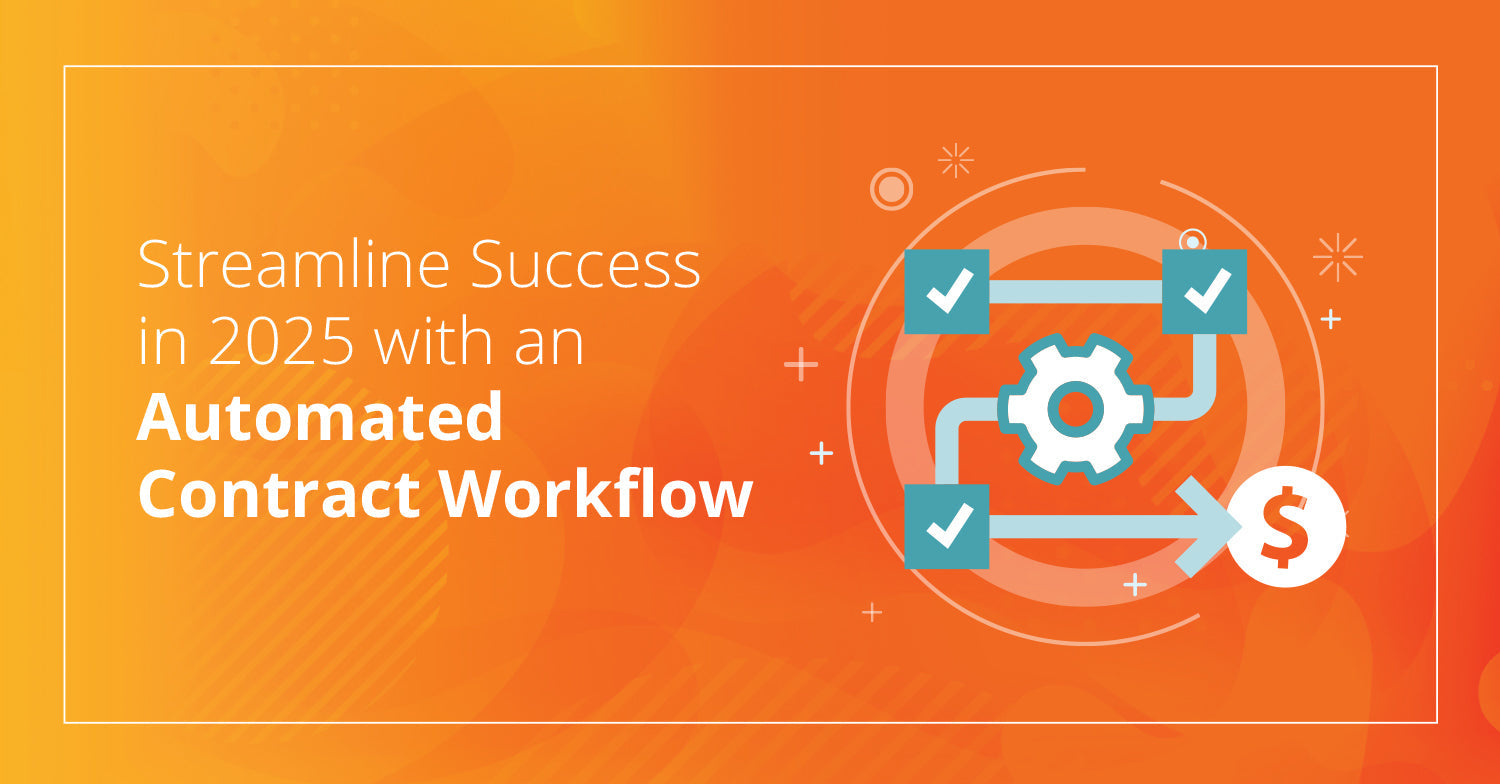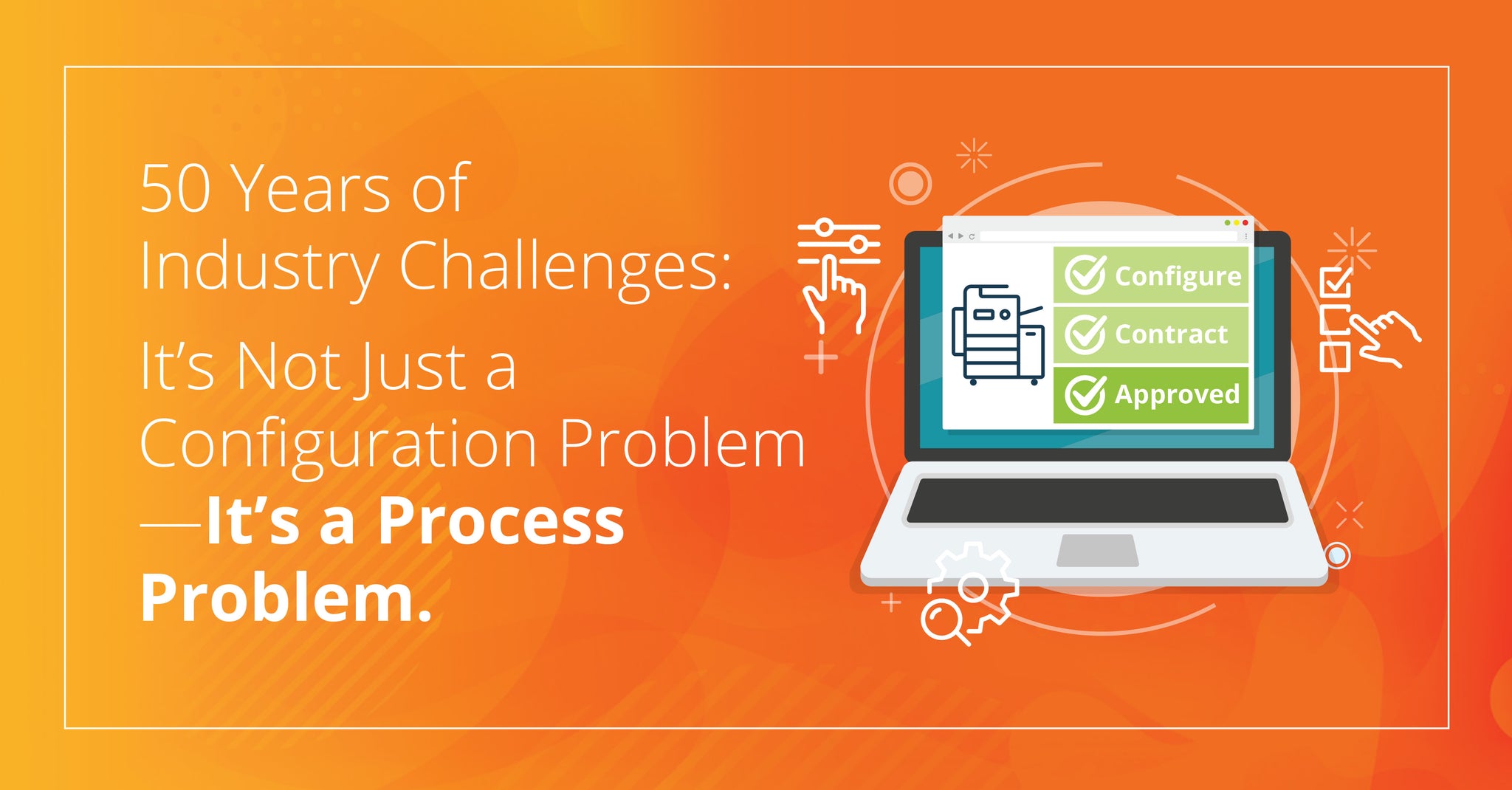As more and more companies move toward a cost per page program for the laser and workgroup printer fleets, there seems to be a lot of conversation about how companies can determine what their service cost per page should be. Having worked with dozens of companies on this topic, here are some things that can help you simplify the process and give you an accurate number.
One mistake I often see is that people work out a service cost per page based on their traditional A3 MFP. That’s a mistake. There will be a much higher instance of service intervention for MFPs: A3 devices typically do much more (staple, collate, bind) than A4 devices, and parts like the drum are contained inside a toner cartridge of many laser printers while they are technician replaceable parts on A3 devices. Similarly, a service ticket on a laser printer takes less labor time to close than it does for an MFP. So, do not use the same service cost per page for A3s as you do for your workgroup laser fleet.
Another issue is that you should not major in minor things. Some dealerships use a service that helps predict parts and labor costs per device, and costs per part down to every last widget that can be replaced on a device. This can quickly become accuracy without precision. My biggest issue with this approach is that it relies on other companies' data points more than your own. Your costs are going to be different than other companies' costs! You have supply costs based on your purchase volumes, labor costs based on your area, travel times that are based on your proximity to customers and local traffic conditions. Similarly, your service methodology is not going to be the same as everyone else's. Additionally there is often no consideration of the current age of the device you are considering managing. If you have an HP P4015 that is doing 1000 pages per month, it is quite likely you will never need to replace the pickup rollers, or fuser on the device. If it does need some service, your technicians can replace these items quickly and you have access to low cost aftermarket parts. Do not base your service burden on a minutia of details from other dealers.
Here’s the bad news: there are almost 20,000 unique printing models on the market today. The good news: about 100 models make up about 70% of what you will service. You should have sufficient service history on your own to determine the most popular devices and their corresponding parts and labor costs. You can estimate all others, but spend some time knowing service costs of popular items. What’s a good baseline for service and labor costs per page? The averages I see are around $.002 for labor and $.0.0015 for parts. Another way to look at this: for every 100K pages your customer prints, you will accrue $350 for service. Your costs will of course vary, but $350 will likely cover two devices for service and parts such as a rebuilt fuser.
Another consideration is deciding which devices you service and which devices you and your clients decide not to repair. In this instance page volumes and device ages are the important data points. We all know that machines will require more service as they age. They require more service once they pass a useful life page count. This issue is a shared problem for you and your customer. More frequent breakdowns cause problems for users as well as incurring costs for your service team. It’s a good idea to provide these metrics to your customers. It’s an even better idea to build these criteria into your contracts. This will have a huge effect on your profitability. You are in essence reducing the amount of service you will need to perform at an account by removing devices you estimate will be problematic. When they do break down, you will sell a newer device-generating revenue stream and new profit at the same time. Those new devices are also less likely to break down, which further drives profits.
Is all of this work hard? Well, it's work for sure, but this background work will help you significantly increase your MPS profitability. Need some help getting started? I’m only an email (nmcconkey@mpstoolbox.com) or a telephone call (613 507 5151) away.


